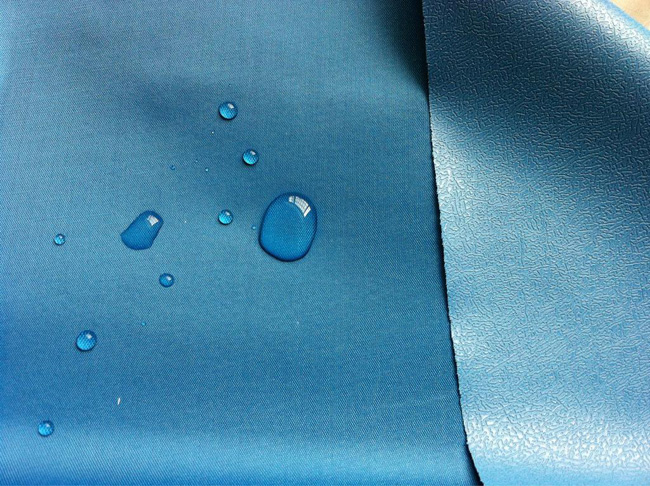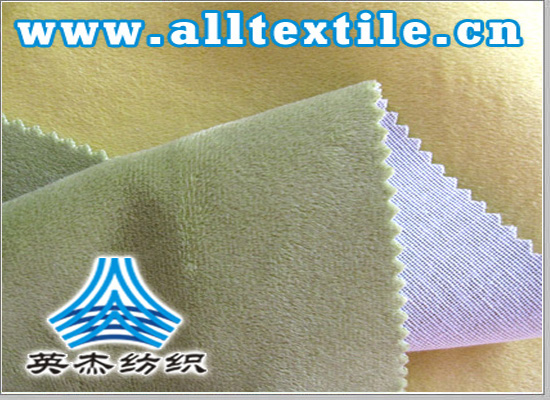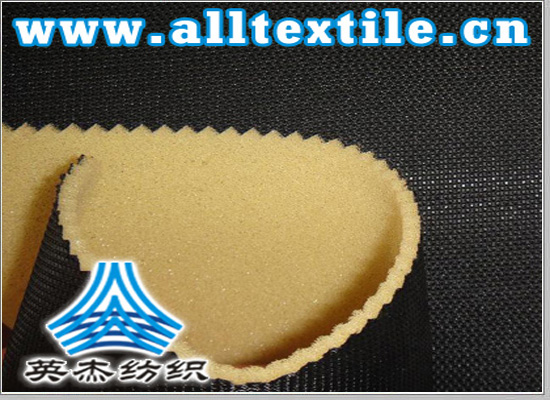Flame-retardant fabrics: Am I a fabric that can’t burn?
Flame retardant fabric is a special fabric. Fabrics that are flame-retardant fabrics must pass relevant verifications and meet the requirements of corresponding flame-retardant standards. Usually some very professional clothing, such as firefighting suits, have higher requirements for the flame retardant properties of fabric materials. Even details such as clothing materials and stitching have flame retardant performance requirements.

Are flame retardant fabrics fabrics that cannot be burned?
In fact, flame-retardant cloth is not a cloth that cannot be burned as people say. It is treated with special technology to prevent the spread of flames and automatically extinguish itself within a certain period of time. Therefore, the flame retardant performance of fabrics is usually evaluated from the burning rate of the fabric.
That is, the flame-retardant finished fabric is exposed to the flame for a certain period of time according to the prescribed method, and then the flame is removed, and the time for the fabric to continue burning with flames and flameless burning is measured, as well as the degree of damage to the fabric.
The shorter the flaming burning time and the flameless burning time, and the lower the degree of damage, the better the flame retardant performance of the fabric; on the contrary, it means the fabric has poor flame retardant performance.

At present, flame retardant fabrics are mainly divided into two categories. The first category is post-finished flame retardant fabrics, such as pure cotton, polyester cotton, etc.; the second category is intrinsic flame retardant fabrics, such as aramid, acrylic cotton, DuPont Kevlar, Nomex, Australian PR97, etc. Post-finished flame-retardant fabrics are surface treated during the post-finishing process of textiles, so that the fabrics have flame-retardant properties. The finishing process is simple, requires less investment, and has quick results, making it suitable for the development of new products. The textile combustion test is the main method to test the combustion extent (charring area and damage length), afterburning time (how long it takes to extinguish after leaving the fire) and smoldering time of the sample. The experimental results can only explain the combustion performance of the sample to a certain extent. Based on possible needs and future directions, we also need to consider issues such as “smoke concentration, toxicity, meltability, and comfort”.

Our country currently mainly uses GB/T 5455-2014 “Vertical Method for Textile Combustion Performance Testing” to test the flame retardant properties of clothing. The principle is to place a sample of a certain size vertically in a prescribed combustion test chamber and ignite it with a prescribed fire source for 12 seconds. After removing the fire source, measure the afterburning time and smoldering time of the sample. After the smoldering stops, press Determine the length of damage using prescribed methods. This method can be used to determine the flame retardant properties of clothing fabrics, decorative fabrics, tent fabrics, etc.
However, GB8965.1-2009 “Protective Clothing Flame Retardant Protection Part 1: Protective Clothing” stipulates that the flame retardant performance of flame retardant fabrics is actually only one of the requirements for protective clothing. This is an industrial flame-retardant clothing standard issued by the China National Bureau of Standards in 2009 with reference to the 1998 standard of the same name and similar international standards. The structural design, processing and production, finished product marking, packaging and transportation, as well as inspection methods have been specifically stipulated.






